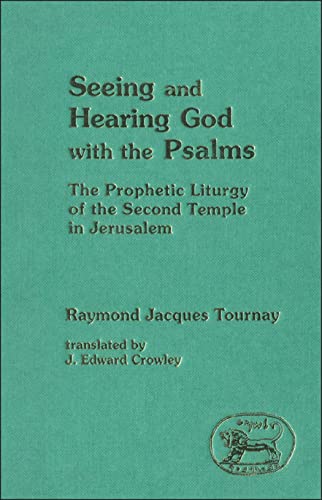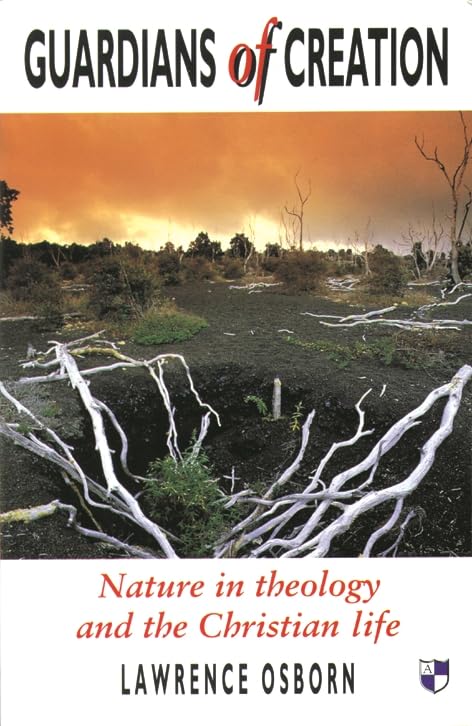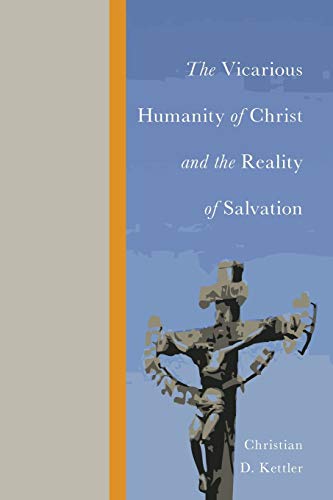The central aim of this book is aptly summarized by the title, Giving Goliath His Due. Few in history have been disdained as much as the Philistines, so much so, that to label someone a Philistine in the English language is to deem them barbaric and unrefined. One way archaeology can help remedy this misconception, thereby giving Goliath his due, is by enriching us with insights into Philistine social and economic history. Over the past two decades archaeology has proved the Philistines to have been a highly sophisticated and cultured people—the opposite of our dictionary definition. It is in view of his archaeological contribution at Ekron, one of the five Philistine capitals, that the author paints his portrait of the Philistines. Bierling writes his book in a readable style with the educated conservative evangelical in mind, making this volume a valuable supplement to an earlier work on the Philistines by E.E. Hindson, The Philistines and the Old Testament.
The strength of Bierling’s work lies in his successful synthesis of current views and opinions regarding the Philistines. A quick glance at the bibliography shows that he has relied on the latest published information (up to 1991). In the first third of the book Bierling presents a general overview of the Philistines in Scripture, summarizes key results from the excavations at Ekron, and details the various theories on Philistine origins. He then concludes his enquiry by dividing Israelite history into four phases stretching from Joshua to Josiah, with each section serving as a more focused integration of the Bible and archaeology.
The weakness of his study stems from the fact that Bierling is not a professional archaeologist, leading him to make some errors in fact and in interpretation. For example, on p. 207 he writes that the Siloam inscription was discovered on the ceiling of Hezekiah’s tunnel, when it was actually found on the wall of that water system. Also, the temple at Arad is not a ‘house temple’ as written alongside the photo on p. 222, but an Israelite sanctuary patterned after the plan of a four-room house. His errors extend into the realm of geography, too. On p. 25 Bierling places Harosheth Haggoyim on the Sharon Plain, when it was most likely another name for the Galilean hills. Bierling also identifies the Sharon Plain as the spot where Saul fought the Philistines. He probably meant the Jezreel Plain at the foot of Mount Gilboa (cf. 1 Sa. 31), yet these kinds of mistakes could be embarrassing for a student who might use Bierling as a secondary source. Two mistakes are probably the fault of the publisher: the picture on p. 143 is upside down, and bbc on line two of p. 203 should read bc.
From time to time the author jumps to unwarranted and unsubstantiated conclusions that would be better left unsaid. For example, on p. 28 Bierling writes that no-one knows what happened to the pot of manna and Aaron’s staff that had been placed in the ark of the covenant; and he suggests that the Philistines took them. Such speculation may be colourful and entertaining, but in the end it only raises more questions. For example, why didn’t the Philistines take the stone tablets of the Law as well—especially when they represented the fundamentals of Israel’s theological and sociological beliefs? For these reasons (and others) one should read Bierling with some caution and not give his opinions the same weight as those of specialists in the field. I would still endorse his book, however, as a good introduction to growing research on the Philistines.
There are plenty of pictures and illustrations to assist the reader, but one gets the feeling that there are too many pictures of some things (at least five of himself) and not enough of others. A diagram of Building 350 at Ekron would have been helpful in understanding his discussion on pp. 136–137. The maps are clearly drawn and uncluttered, but they lack shading to indicate topography. From the map on p. 129 one has no sense of Shiloh in the Ephraim hill country or Izbet Sartah (possibly Ebenezer) on the edge of these hills overlooking Aphek on the coastal plain.
In the context of his discussion, Bierling inadvertently raises some important methodological considerations when it comes to biblical and archaeological hermeneutics. We are all aware of archaeological finds that appear to contradict the Bible. The most gnarly problems arise with the absence of finds at sites said to be occupied at a given time in the Bible. Bierling points out how early explorations of Tel Miqne-Ekron turned up only Iron Age (post-1200 bc) remains, with no evidence of occupation during the Bronze Age (pre-1200 bc). However, continued excavation of Tel Miqne has now turned up a Bronze Age town that preceded the Philistine settlement. This illustration shows how archaeology can correct itself. New discoveries change old interpretations—there are few absolutes. At the same time, novice biblical scholars must avoid the pitfalls of uncritically attributing negative evidence to incomplete excavation or bias on the part of the excavator. Such charges were made of Kathleen Kenyon at Jericho and have also been applied to the absence of Late Bronze remains at et-Tell (possibly Ai). There is no question that archaeology can generate problems. But rather than call the Bible or archaeology wrong, perhaps we can begin to seek and explore new interpretative possibilities. This, I believe, will promote constructive change within biblical archaeology during the 1990s.
Robert A. Mullins
Hebrew University and the Institute of Holy Land Studies, Jerusalem







